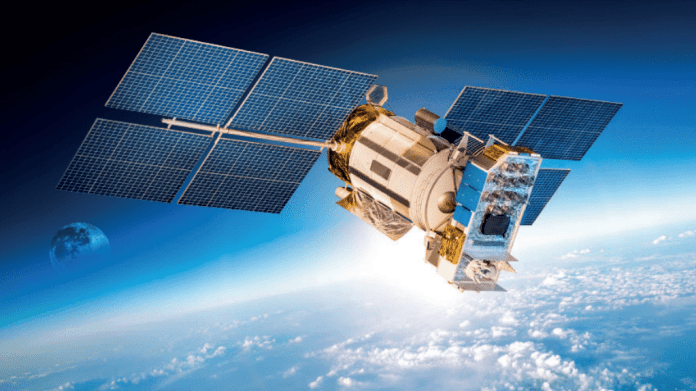The number of satellite IoT subscribers will increase at a compound rate of 35.8 percent per year to reach 15.7 million in 2025, from around 3.4 million in 2020. Analyst firm Berg Insight, with a new research report, said the market for satellite IoT communications is growing at a “good, steady pace”, even despite the impact of the Covid-19 pandemic on demand-side business priorities and supply-side manufacturing and logistics in the broader IoT sector.
It noted only about 10 percent of the Earth’s surface has access to terrestrial connectivity services, leaving a “massive opportunity” for satellite IoT to provide a complement to ground-based cellular and non-cellular IoT networks, useful in remote applications, notably for agriculture, asset tracking, maritime and intermodal transportation, oil and gas industry exploration, utilities, construction and governments.
Network providers variously pushing cellular-based NB-IoT, LTE-M, as well as machine-geared 4G-LTE and 5G, and non-cellular Sigfox and LoRaWAN, among other technologies, are striking deals to launch satellite constellations into space, mostly into low-earth orbit (LEO). The new report from Berg Insights covers 38 satellite IoT operators and about two dozen new satellite-augmented IoT network initiatives.
The report discusses major satellite IoT projects from Orbcomm (with 1.2 million satellite IoT subscribers at the end of 2020), Iridium (with 1.1 million), and Globalstar (with 0.4 million), as the largest satellite IoT operators. Inmarsat is also covered as a heavyweight provider, but has not released subscriber figures. Orbcomm, it noted, is both an Inmarsat reseller and a satellite IoT network operator in its own right.
The report profiles other satellite IoT players with connections in the “tens of thousands”, including Kinéis in France and Thuraya in the UAE. Berg Insight also profiles a bunch of recent initiatives, including by Astrocast, CASC/CASIC, Fleet Space Technologies, Hiber, Ingenu, Kepler Communications, Lynk, Myriota, Skylo, Swarm Technologies (SpaceX), and Totum Labs.
It said: “Many of these are based on low-earth orbit nano satellite concepts. While most rely on proprietary satellite connectivity technologies to support IoT devices, several are starting to leverage terrestrial wireless IoT connectivity technologies. Examples include OQ Technology, AST SpaceMobile, Omnispace, Sateliot, and Galaxy Space (all 3GPP 4G/5G); EchoStar Mobile and Lacuna Space (LoRaWAN); and Eutelsat (Sigfox).”

